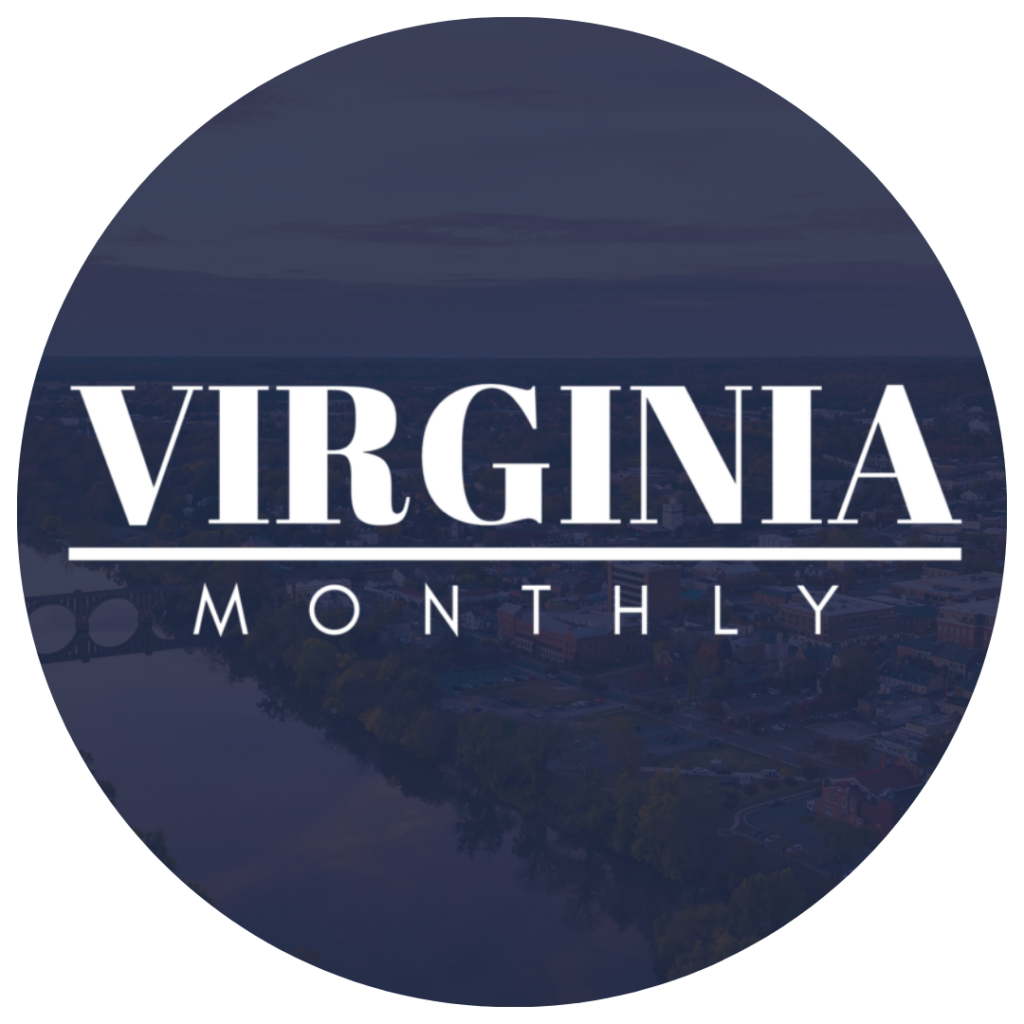A slowdown in hiring and wage growth can reflect a complex mix of economic, structural, and policy-related influences. These factors interact in ways that affect employer behavior, labor market dynamics, and overall compensation trends. Examining these elements with nuance helps clarify why periods of reduced job creation and moderated wage increases may occur, without assuming uniform effects across all industries or regions.
Read also: Resilience and Rebuilding After Job Loss
How Do Economic Cycles Shape Employment and Wage Patterns?
Economic fluctuations remain a key influence on labor market activity. During periods of expansion, firms generally increase hiring and may raise wages to attract talent amid rising demand. Conversely, economic downturns often prompt more cautious staffing decisions and subdued wage adjustments as companies aim to manage expenses amid uncertainty.
For instance, slower consumer spending or reduced business investment can temper employer confidence, leading to hiring freezes or more selective recruitment. Wage growth may not keep pace with inflation if firms face margin pressures or anticipate weaker future revenues.
What Role Does the Balance Between Labor Supply and Demand Play?
The relationship between the availability of workers and the demand for labor affects both job openings and compensation levels. A surplus of available workers relative to demand can limit wage increases, as employers have more options and bargaining power. Alternatively, tight labor markets with fewer qualified candidates may encourage faster wage growth and more aggressive hiring.
Changes in workforce size due to demographic trends, immigration, or labor force participation influence supply. Meanwhile, technological changes, industry growth, and business cycles affect demand. Variations in these factors can lead to uneven hiring and wage patterns across sectors.
How Might Inflation Affect Wage Adjustments?
Inflation impacts wage trends by influencing both employer cost considerations and employee expectations. In some cases, rising prices outpace wage increases, resulting in decreased real income for workers even if nominal wages grow. Employers may hesitate to raise wages proportionally if profit margins are constrained.
On the other hand, moderate inflation might prompt incremental wage adjustments to help workers maintain purchasing power. The timing and degree of wage responses to inflation can vary depending on market conditions and industry practices.
In What Ways Does Productivity Influence Compensation Trends?
Wage growth is often linked to changes in worker productivity. When output per labor hour rises, businesses may have more capacity to increase wages. Conversely, periods of stagnant or slow productivity growth can correspond with limited wage increases.
Factors such as capital investment, technology adoption, and workforce skill development influence productivity. If productivity growth slows, wage growth may also moderate, reflecting a more cautious employer approach to compensation.
How Do Industry Composition and Job Types Affect Hiring and Wages?
Shifts in the economic landscape, such as growth in lower-wage service sectors or contraction in manufacturing, influence aggregate hiring and wage statistics. Expanding industries characterized by part-time or seasonal work may dampen overall wage growth figures even as job numbers rise.
For example, increased employment in retail or hospitality may bring more opportunities but typically with slower wage growth compared to specialized or technical fields. The mix of jobs available thus shapes broader trends in hiring and compensation.
What Influence Do Policy and Regulatory Factors Exert on Labor Markets?
Government policies concerning minimum wage levels, labor regulations, taxation, and immigration impact labor costs and hiring decisions. Stricter employment regulations may raise costs for employers, potentially reducing hiring or limiting wage increases.
Changes in immigration policy can affect the supply of workers, particularly in industries reliant on migrant labor. Tax policies influencing business expenses and profitability also indirectly shape compensation dynamics.
How Does Technological Change Affect Employment and Wages?
Technological advancements alter the demand for different skills and tasks within the workforce. Automation and digital tools may reduce the need for certain manual or routine jobs, while increasing demand for technical or analytical skills.
Such shifts can create pockets of labor market tightness and wage growth alongside areas of slower hiring and stagnant wages. The pace of technological adoption and workforce adaptability contribute to these varied outcomes.
In What Ways Do Global Economic Conditions Influence Local Labor Markets?
Global trade, supply chains, and economic interconnections mean that international developments can affect domestic hiring and wage trends. Economic slowdowns abroad or disruptions in global supply lines may reduce demand for goods and services, thereby influencing domestic business activity and labor needs.
Additionally, global competition can exert downward pressure on wages in sectors exposed to international markets, while creating upward pressure in specialized industries with scarce talent.
How Does Workforce Participation Impact Hiring and Wage Trends?
Labor force participation rates—the share of the population working or actively seeking work—affect labor supply and thus influence hiring dynamics and wage pressures. Declining participation can tighten labor markets, potentially encouraging wage increases, while stagnant or low participation may suppress employment growth.
Participation changes may result from demographic shifts, health trends, education enrollment, or social factors such as caregiving responsibilities. Differences in participation rates across groups can also shape sector-specific labor supply conditions.
Read also: How to Research a Company Before Accepting a Job Offer
What Are Some Examples Illustrating the Interaction of These Factors?
In an economy where consumer spending slows due to inflation concerns, companies may delay new hiring and hold back wage increases to maintain profitability. Simultaneously, technological changes might reduce demand for certain manual roles while increasing demand for IT specialists, leading to uneven wage growth across sectors.
In regions experiencing demographic aging and lower labor participation, employers might find it harder to fill positions, resulting in selective wage increases despite overall economic caution. Policy changes raising minimum wages could prompt adjustments at the lower end of the wage scale, while budget-conscious employers limit increases for other roles.
A combination of cyclical economic factors, labor supply-demand balances, inflation trends, productivity developments, industry shifts, regulatory environments, technological change, global influences, and workforce participation rates contribute to patterns of hiring and wage growth. These interconnected factors produce varied outcomes across time, regions, and industries, reflecting the complex nature of labor markets.








